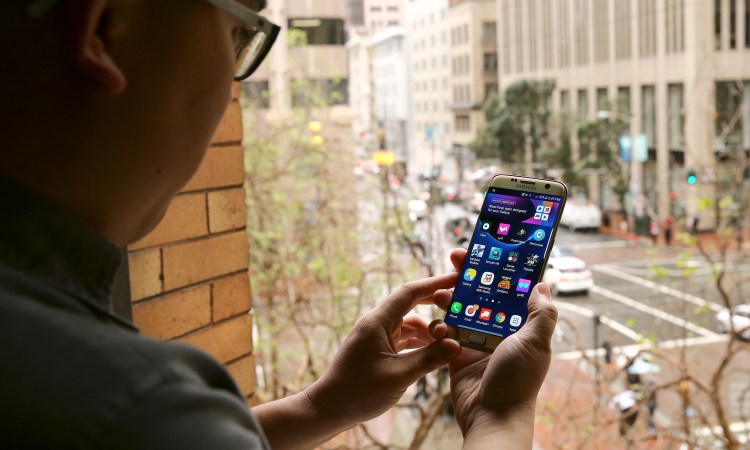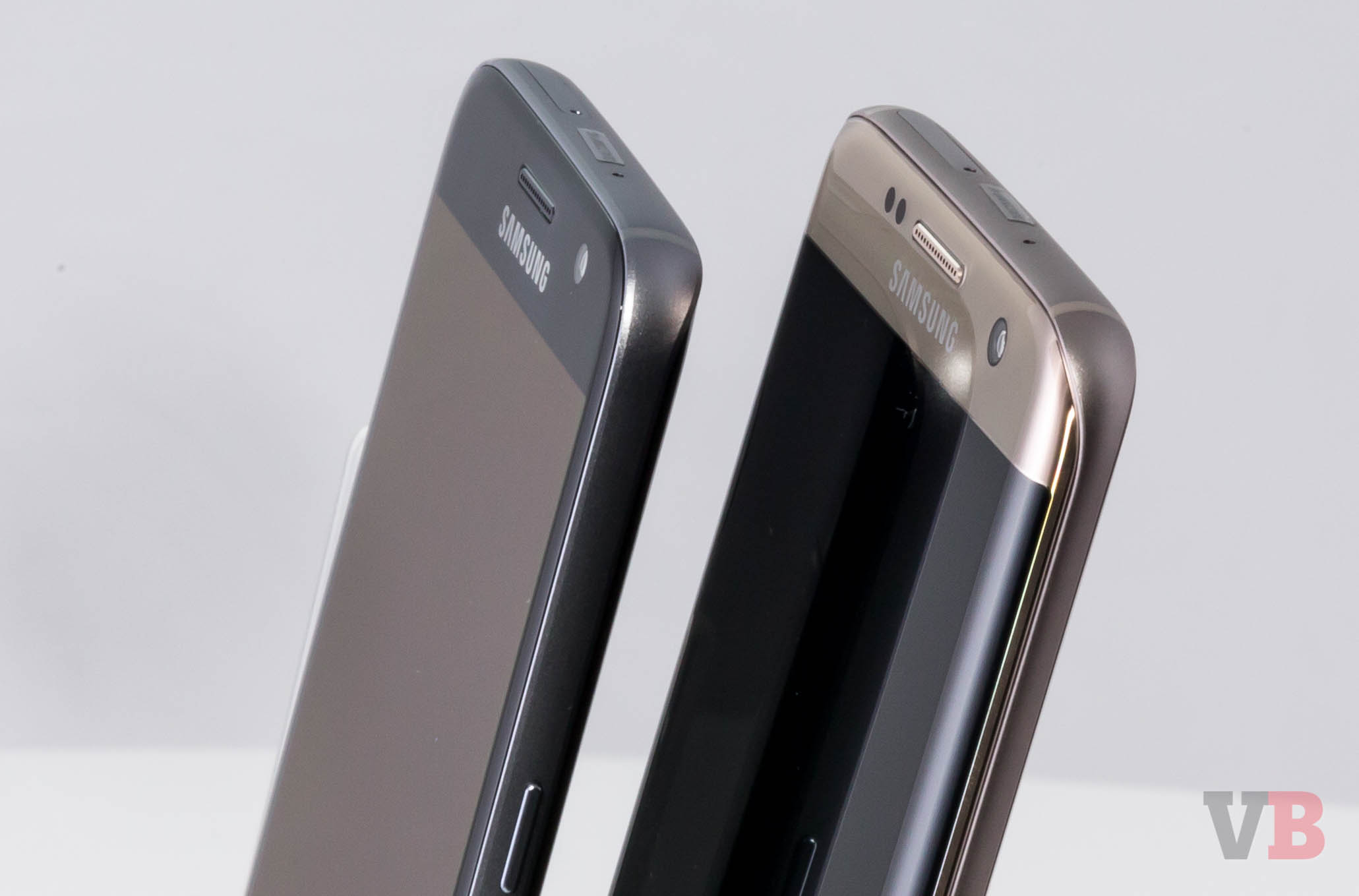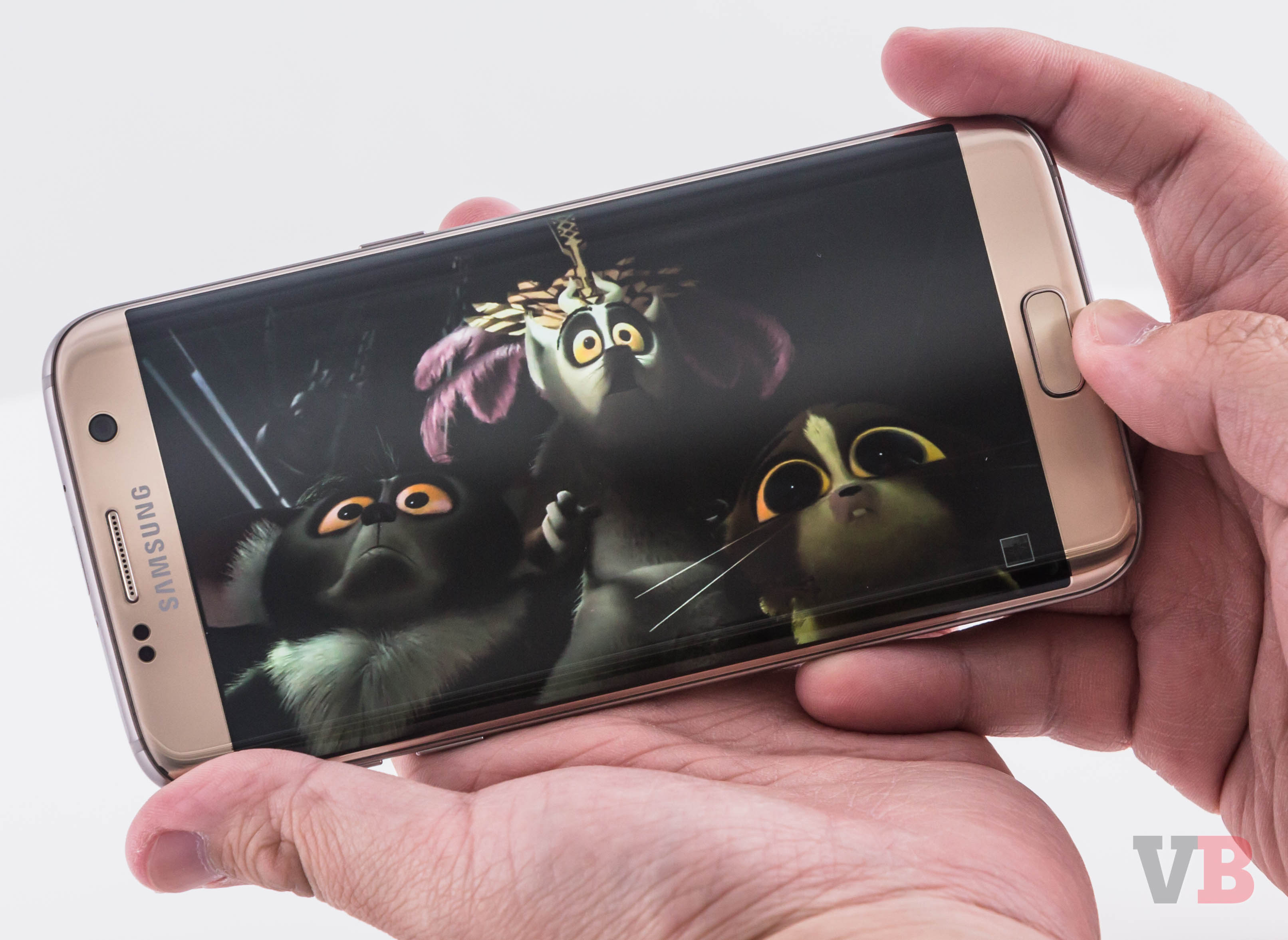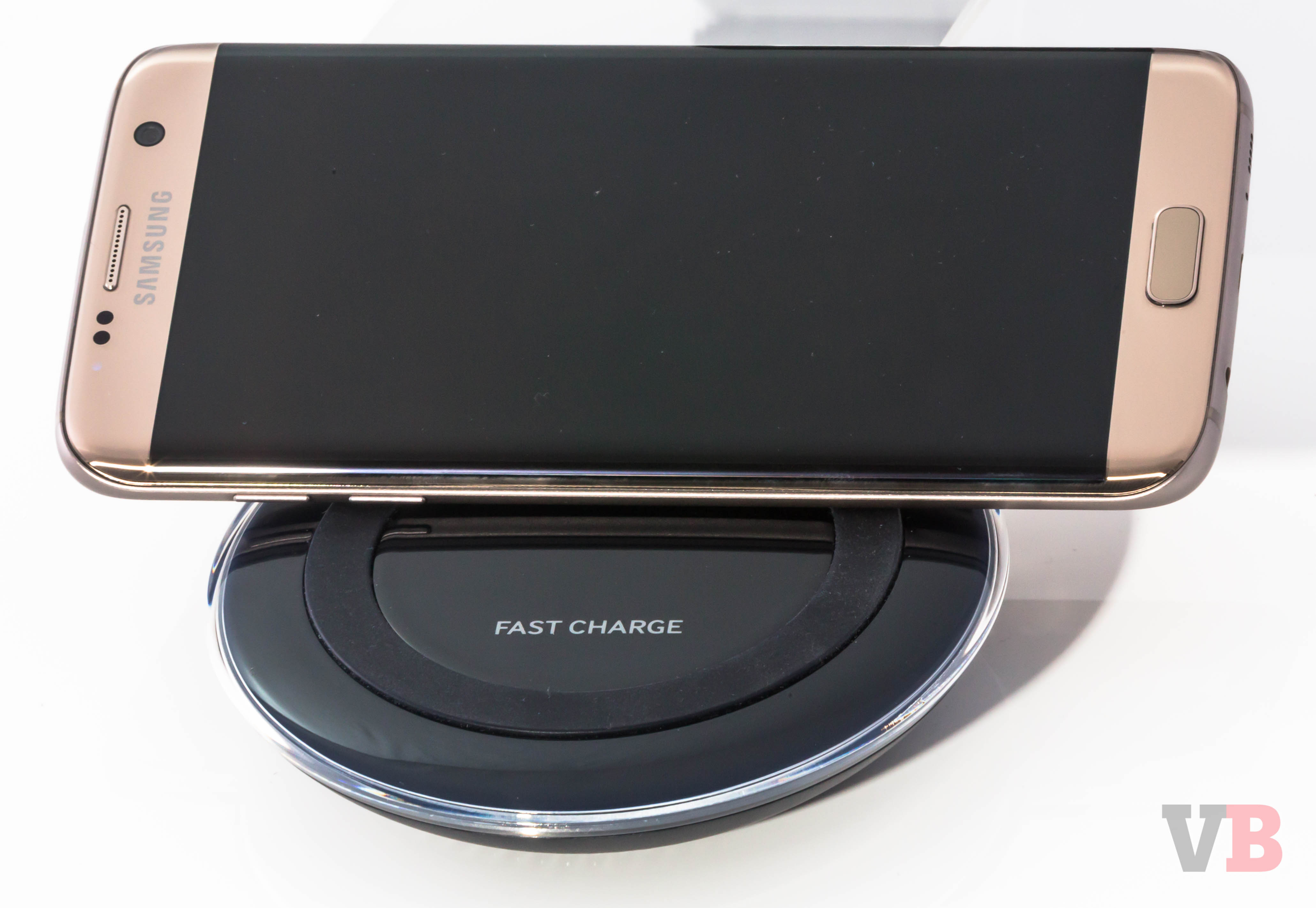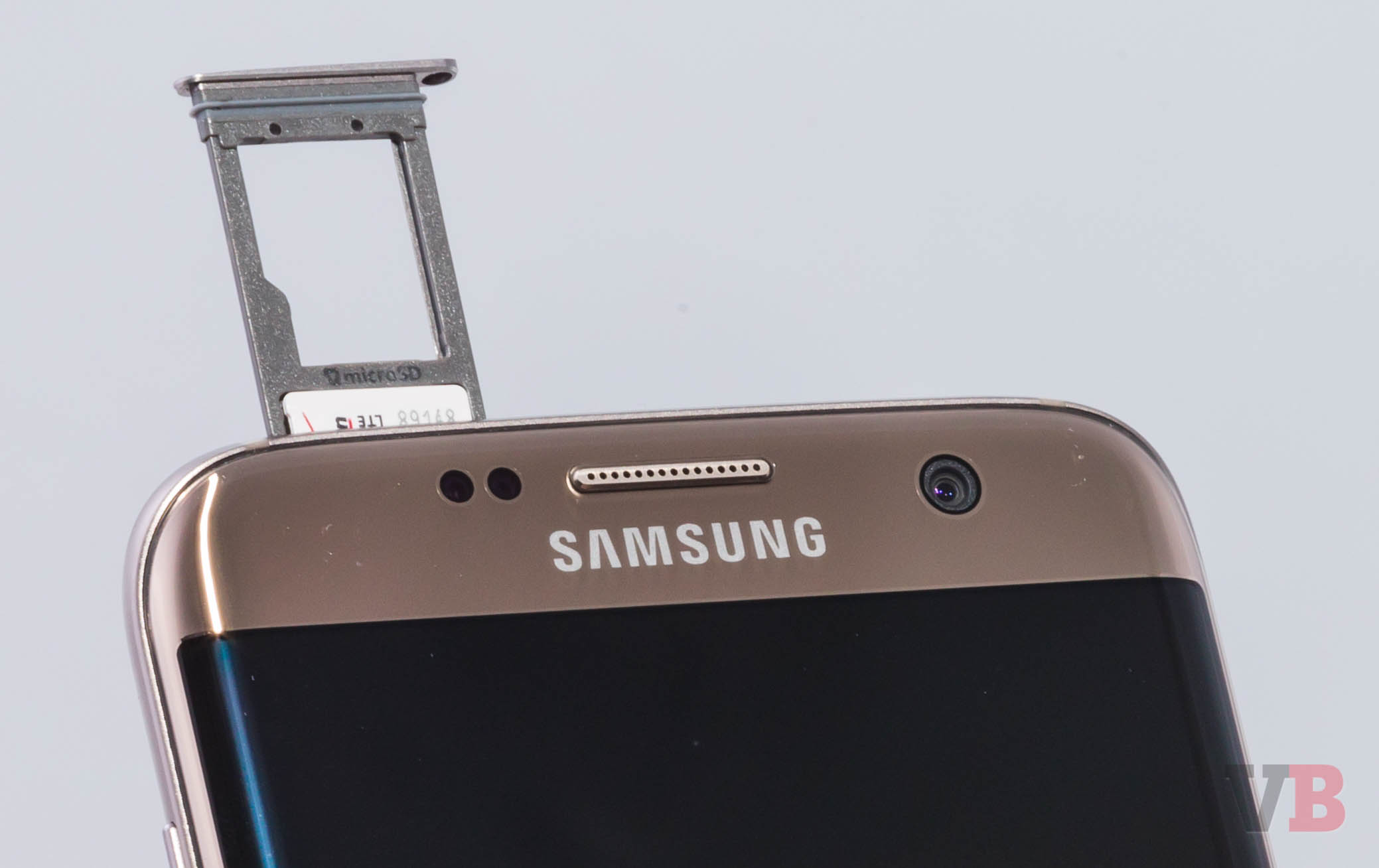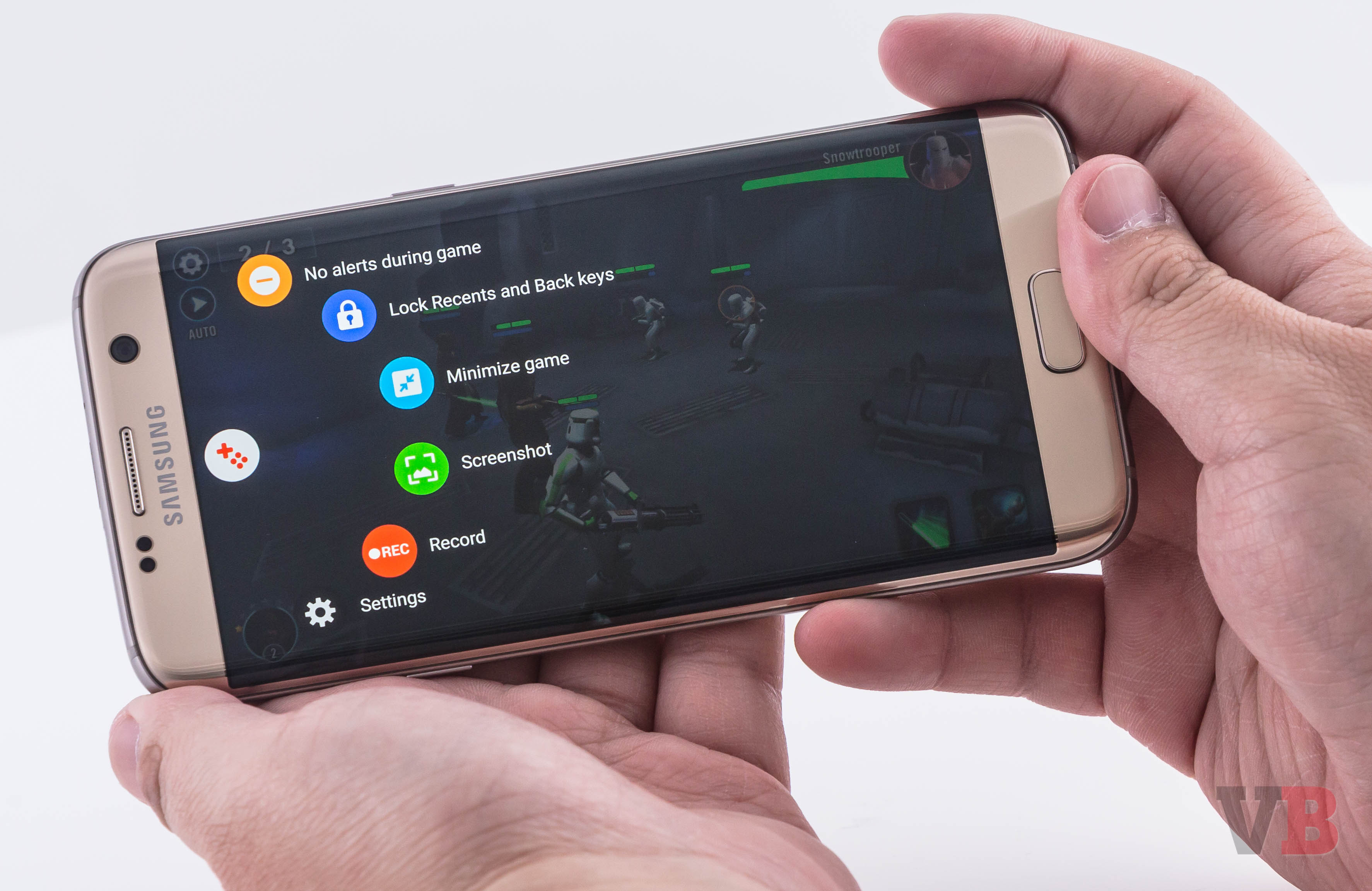If you’ve been waiting for Samsung’s newest smartphones to arrive, the wait is almost over. The Samsung Galaxy S7 and S7 Edge will be available on March 11 through all the major carriers in the U.S. and in retail stores. While the S7s share many features with their S6 predecessors, there are some significant differences in this iteration — namely, the phones are more comfortable to hold, have an improved camera, and have been updated with gaming in mind.
Samsung has also brought back a few additional features that were missing last time — and which we reported on previously — specifically, water-resistance and a microSD slot for additional storage.
We had the opportunity to review both the S7 and S7 Edge, and while both handsets feel solid, look elegant, and enjoy some of the best features from the S5 through to the S7, any steps forward are incremental.
Comfortable design and performance
Most of the design elements of both the Samsung S7 and S7 Edge were revealed during Mobile World Congress. The company touted improvements in terms of not only aesthetics, but also ergonomics. While holding either device, you can feel these changes — the chamfered edges make the phone feel more comfortable in your hand, for example, and feel more natural than the design of the S6.
Like their predecessors, the Samsung Galaxy S7 and S7 Edge don’t look cheap. The design also offers a practical no-slip grip.
The S7 has a 5.1-inch screen, while the S7 Edge comes with a 5.5-inch screen — both significantly smaller than the S6 Edge+ (5.7 inches). Both of the S7s have an incredibly sharp display, which is good news for anyone looking to watch videos and play games on the device. Samsung has built in Quad HD Super AMOLED screens at 2560×1440 pixel resolutions, equating to 557 ppi for the S7 and 534 ppi for the S7 Edge.
Within the device settings, you can adjust the screen mode between an adaptive display (which may not work with all third-party apps), AMOLED cinema and photo, or something basic.
The impressive display comes in handy when you want to show off your photos or use a virtual reality app through Google Cardboard or Samsung Gear VR, which we’ll get to later on. It was delightful to watch high-definition YouTube videos on the S7 phones, similar to what you’d get on the S6.
As for power, both S7 phones come with bigger batteries (3,000mAh for the S7 and 3,600mAh for the S7 Edge). In our rough testing, which included activities such as sending email, using Twitter, Facebook, watching videos on YouTube, listening to music on Spotify, taking pictures, and even browsing the Web, the battery lasted an entire day. Only once did I have to charge the phone midday, and that was because I tethered the device to my computer. Fast charging is also supported for both, either using a cable or wirelessly.
Many had hoped that Samsung would bring back replaceable batteries for the S7, but as a consequence of making the device water-resistant, the company had to seal the back, making this impossible.
To address concerns about the low 32GB of storage, both phones have a dual SIM slot with space for a microSD card to boost the memory capacity to 200GB. It’s surprising that the default capacity is so low, especially when there are so many ways to create larger-size photos and video, especially when you add in the content you’re creating through the Gear 360 camera, which will be available soon.
Samsung’s Always On feature is a new addition to the company’s flagship phones and is designed to provide quick access to important information. This is different from the default lock screen, which is limited to showing your calendar, the time, or an image. Always On is exactly that: the screen remains on all the time, but it didn’t seem to significantly impact the battery life.
The audio output and phone reception is pretty good on the device. I made a few phone calls using the S7 Edge without any difficulty hearing the other person. There were no problems listening to Spotify with or without headphones nor were there issues with the speakers at full volume. I didn’t find noticeable differences between what I heard on the S7 Edge and the S6 or an iPhone 6s, although opinions about speaker outputs are rather subjective.
Both the S7 and S7 Edge come with Android 6.0 Marshmallow installed and skinned with Samsung’s TouchWiz UI. “We are constantly improving and simplifying our user experience, far beyond any specific feature or shortcut,” Samsung told VentureBeat. “For instance, open the ‘Messages’ app and try tapping the paper-clip attachment button. You’ll see an option for a camera that actually opens in a window inline with your messages, so you don’t have to leave the app. Try searching for the help topic you need in the Settings menu, rather than having to dig through all the menus. We have years of experience enhancing and improving Android, far beyond any one specific feature.”
These devices aren’t filled with a lot of bloatware — some of the non-Google apps included are Amazon, Amazon Kindle, Amazon Music, and Samsung Milk Music. Because our review units were on Verizon, they came with the carrier’s partner software.
More ways to capture memories
Perhaps one of the most interesting things for me about the S7 phones is the camera. At Mobile World Congress, Samsung touted its design as optimized for day and night, with a lens to rival a dSLR. A noticeable difference between the S6s and S7s is that the latter’s camera is more flush with the back so there is no longer a big protrusion.
Both the S7 and S7 Edge got the same camera upgrades: brighter F1.7 lens and larger 1.4 µm pixels on the image sensor. By comparison, the S6 has an F1.9 lens. And while the S7 series camera may be better for lower light and nighttime shots, there’s still quite a bit of artifacting in photos as you zoom in, so don’t throw away your dSLR just yet. However, the camera is still pretty impressive.
Samsung’s auto-focus feature has also been enhanced so that it’s much faster, thanks to the addition of dual-pixel sensors, and it is now a tad bit faster than my iPhone 6s, in my tests.
Other things that are new to the camera include a motion-capturing panoramic feature. When you take a panorama on the S7 and S7 Edge, by default, the camera will show you a still capture. However, when the “motion” feature is enabled, your panorama will turn into a video. You can take the panorama regardless of how you hold the phone, but if it’s taken in portrait mode, the video will have black borders.
Here’s a still panorama that I created in front of the Ferry Building in San Francisco, Calif.:
When you view the photo in your gallery, you’ll see a video icon on the top right-hand side. Tap on it, and the still image will transform into a movie file that plays on the device. It can then be downloaded so you can share it on Facebook and YouTube. Below is the motion panorama of the above image:
A selling point of the iPhone 6s was the introduction of Live Photos. When the feature is enabled, the camera snaps a series of images 1.5 seconds before and after the actual photo. The idea was to provide “context” around the moment. Samsung has brought this capability to the S7 and S7 Edge and called it “Motion photo.” This works only in “Auto” mode and can be turned on in the Settings menu. The next time a photo is taken, it’ll show up as a still image, but tap to turn it into a quick video showing the previous second of activity.
Samsung hasn’t forgotten about your selfie game, either. The front-facing camera lens illuminates your face more than the S6 did. It also has an improved flash, with the addition of dedicated controls on the screen. In addition, all the other features from the S6 have been carried over to the S7 and S7 Edge.
Another new feature is support for time-lapse photography. This addition continues Samsung’s efforts to natively incorporate technology that you would otherwise need an app for. The device already has livestreaming, which broadcasts to YouTube — a capability available in Twitter’s Periscope. Now you have the capabilities of Facebook’s Hyperlapse built into the phone.
Game launcher and virtual reality
Mobile gaming is obviously a big hit, so why not include more features that are geared toward that audience? That’s the point of Samsung’s Game Launcher, which enables you to do more than just play the game, and which is only available on the S7 Edge. This feature can be activated after at least two games are downloaded. Those apps will be added into the Game Launcher folder, and when you first access it, you’ll have to agree to the Terms of Service and a disclaimer before proceeding.
Options in the launcher include a power save mode when gaming, game tools, and options to disable alerts. To encourage discovery of games, Samsung has a section that lists top apps based on categories like number of players per day or playing time. The Game Launcher also shows you related YouTube videos based on games installed on the device.
When you start playing, Samsung features a floating button on the screen that can expand to display in-app tools for managing alerts, locking the device buttons, minimizing the game, taking a screenshot, and recording gameplay, which you’ll be able to download and share either to your favorite social network or on Twitch. You can disable this option at any time.
For Samsung, it’s about selling you not just a mobile device, but an experience, which the S7 and S7 Edge deliver. It’s also about connecting the company’s different products, specifically when it comes to virtual reality. Beyond the fact that videos and images can be imported from the Gear 360 into these devices, you can also use both of the S7 devices on the Gear VR headset. When testing them, I noticed that over time the back of the device heated up quite a bit, but was far from reaching a dangerous point.
The processor on these phones is quite powerful, and we didn’t encounter any lagging issues when playing games, using apps, or watching videos. The touch screen had quick response times too. Samsung has added a Qualcomm Snapdragon 820 Quad-core 2.15GHz and 1.6GHz processor, compared to the S6’s 1.5GHz octa-core Samsung Exynos 7420 processor.
Should you get the Galaxy S7 or S7 Edge?
After a week of using the devices, I can say the Samsung Galaxy S7 and S7 Edge are great phones to have. However, I believe that the upgrades are incremental, so unless you absolutely must have the latest and greatest, haven’t gotten a new phone lately, and/or are fanatical about gaming and camera technology, you could probably wait.
If you held back on getting the S6 or S6 Edge because of the lack of a removable battery, option for an extra SD card port, and water-resistance, the S7 has answered most of those concerns. To further entice you to buy the phone, Samsung has started a limited promotion that includes a free Gear VR headset and a bundle of six games. This is an interesting selling point because it’s pushing the virtual reality space, and, when the Gear 360 is launched, the S7 lineup will be the only ones that offer mobile support for the device.
As an iPhone user, the Samsung Galaxy S7 smartphone certainly makes me consider switching.
